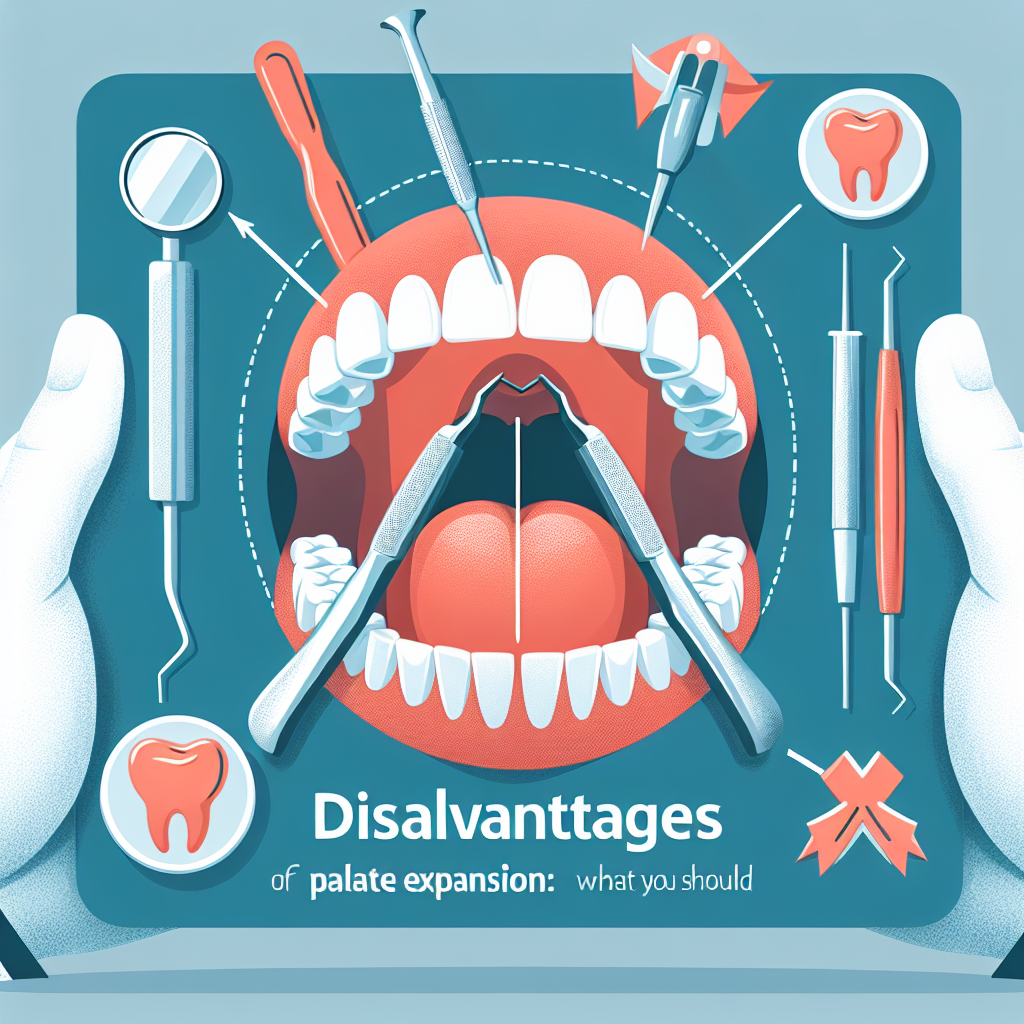Managing Low Blood Pressure with High Pulse: Effective Strategies
Low blood pressure (hypotension) coupled with a high pulse (tachycardia) is a concerning condition that requires immediate attention. This article explores practical strategies and solutions for managing these symptoms effectively.

Understanding the Connection Between Low Blood Pressure and High Pulse
Experiencing low blood pressure (hypotension) along with a high pulse (tachycardia) can be alarming. While these conditions can occur independently, their combination often indicates an underlying health issue. It's essential to understand what causes this pair of symptoms and the steps you can take if you find yourself in this situation.
What Causes Low Blood Pressure and High Pulse?
- Dehydration: Insufficient fluid intake can lead to low blood pressure. In response, your heart rate may increase to maintain blood flow.
- Heart Conditions: Issues such as heart valve problems or arrhythmias can lead to discrepancies in blood pressure and pulse rates.
- Endocrine Disorders: Conditions such as Addison's disease can affect hormone levels, influencing blood pressure and heart rate.
- Blood Loss: Significant loss of blood due to injury or internal bleeding can cause a drop in blood pressure, triggering a higher pulse rate.
Immediate Steps to Take
If you experience low blood pressure and a high pulse, it’s essential to take immediate action:
1. Sit or Lie Down
To prevent fainting and reduce strain on your heart, find a place to sit or lie down. This position allows your body to stabilize your blood flow.
2. Hydration is Key
Drink plenty of fluids, preferably water or electrolyte drinks, to combat dehydration. This can help to raise blood volume, thereby stabilizing blood pressure.
3. Eat Small, Frequent Meals
Large meals can lead to postprandial hypotension (a drop in blood pressure after eating). Eating smaller meals may help maintain more consistent blood pressure and pulse rates.
Long-Term Management Strategies
While immediate steps can help, long-term management is crucial for overall health.
1. Regular Monitoring
Keep a log of your blood pressure readings and pulse rates. This information is vital for your healthcare provider to make informed decisions.
2. Medication Review
If you're taking medications, discuss them with your doctor. Some medications can lower blood pressure or raise heart rate. Adjustments may be necessary.
3. Dietary Adjustments
- Increase Salt Intake: Consult your doctor about increasing your sodium intake, as it can help raise blood pressure.
- Balanced Diet: Incorporate foods rich in potassium and magnesium, which support heart health.
4. Exercise Regularly
Engaging in regular, moderate exercise can improve overall cardiovascular health, which may help stabilize blood pressure and heart rate over time.
5. Manage Stress Levels
High-stress levels can lead to fluctuations in blood pressure and heart rate. Consider relaxation techniques like yoga, meditation, or deep-breathing exercises.
When to Seek Medical Attention
If low blood pressure and high pulse become frequent or intense, it’s crucial to seek medical attention. Signs that warrant a visit to your doctor include:
- Fainting or dizziness
- Chest pain
- Shortness of breath
- Consistent weakness or fatigue
Conclusion
Navigating the challenges of low blood pressure and a high pulse can be daunting, but with the right strategies, you can manage these symptoms effectively. By staying hydrated, eating right, and monitoring your health, you can maintain better cardiovascular wellness.
If symptoms persist, do not hesitate to consult with healthcare professionals who can provide individualized care tailored to your needs.
Neue Beiträge
Der Beep-Test: Die ultimative Ausdauerprüfung
Gesundheit und Fitness
Sportliche Aktivitäten nach Darmspiegelung: Vorsichtsmaßnahmen und Empfehlungen
Ernährungsrichtlinien
Labrumläsion: Ursachen, Symptome und Behandlungsmöglichkeiten
Behandlungsmöglichkeiten

Die Figur von Lena Kesting: Ein Blick hinter die Kulissen
Influencer
Verhalten nach Leistenbruchoperation mit Netz: Leitfaden für eine erfolgreiche Genesung
Schmerzkontrolle
Das unterschätzte Krankheitsgefühl nach dem Sport
Sport und Fitness

Sport nach Hyaluronbehandlung: Tipps für eine sichere Rückkehr zum Training
Sport

Effektive Übungen zur Rehabilitation einer Labrumläsion in der Schulter
Gesundheit

Anneke Kim Sarnau: Einblick in ihre Gesundheitszustände
Prominente

Wann wieder Sport nach Botox Behandlung der Stirn?
Sport
Beliebte Beiträge
Schritt-für-Schritt-Anleitung zur Änderung Ihrer DAK-Adresse
Tipps und Tricks

DAK-Gesundheit: Bankverbindung für Beitragszahlungen und Rückerstattungen
Rückerstattungen
Sport trotz Eisenmangel: Kann man mit niedriger Eisenreserve noch trainieren?
Gesundheit
Sport bei Herpes: So bleiben Sie aktiv trotz Ausbruch
Gesundheit

Nachteile der Gaumennahterweiterung: Was Sie wissen sollten
Langzeitfolgen
Entschuldigung vom Sportunterricht: Rechtliche Grundlagen und Tipps für Eltern
Rechtliche Aspekte
US-Sport: Ein Einblick in die Welt des amerikanischen Sports
NFL - American Football
Wie lange sollte man nach Botox-Behandlungen mit dem Sport warten?
Hautpflege
Milchzahn ziehen: Wann ist es notwendig und wie wird es durchgeführt?
Häufige Fragen
Sportbefreiung in der Schule: Alles, was Schüler und Eltern wissen müssen
Rechtliche Grundlagen